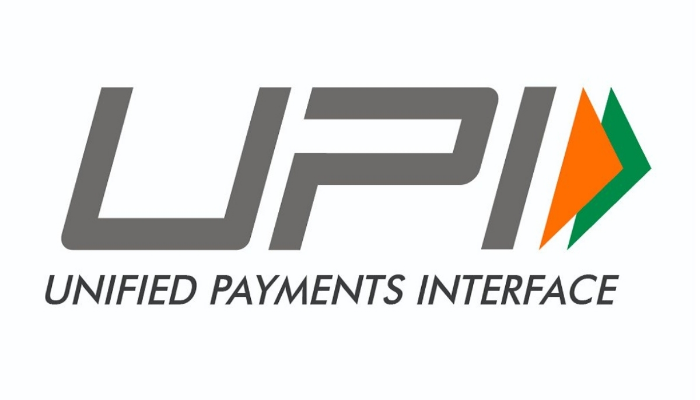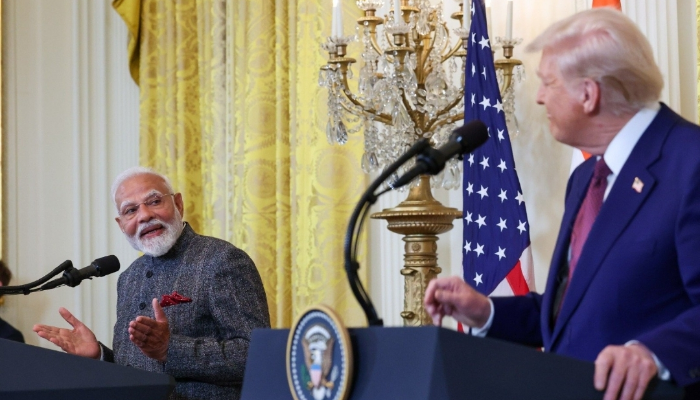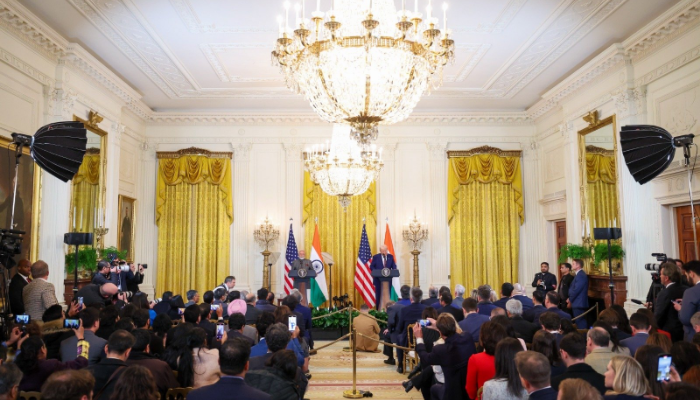Dhaka: The Bangladeshi Taka experienced its most significant single-day depreciation against the US dollar as the Bangladesh Bank (BB) announced a raise in the dollar price to Tk. 117 from Tk. 110, implementing the Crawling Peg Exchange Rate (CPER) system.
This decision was made during a monetary policy committee meeting held at the BB’s headquarters in Motijheel, Dhaka. Effective immediately, a Crawling Peg Mid Rate (CPMR) of Tk 117.00 per US dollar has been established.
According to a circular issued by the central bank, scheduled banks are now permitted to freely buy and sell US dollars under the CPMR system, both with their customers and in interbank transactions.
The CPER system operates by allowing a currency with a fixed exchange rate to fluctuate within a predetermined band of rates. This flexibility includes the potential for frequent adjustments to the par value of the currency and the band of rates, especially during periods of heightened exchange rate volatility.
















